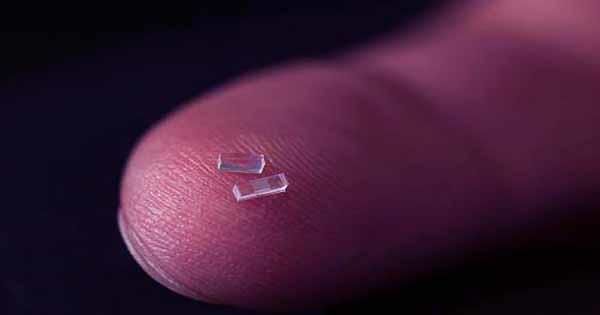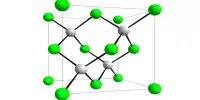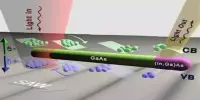Particle accelerators may be small but the goal is to keep them strong. The advantage of most particle accelerators is that huge labs are huge instruments that can achieve incredible power. These forces are necessary to investigate physics, chemistry, and biology that we do not know. However, while the size is important, it is not essential.
The goal is to keep them strong, and that’s what researchers at the SLAC National Accelerator Laboratory in the United States have achieved. They have created a silicon chip that can accelerate electrons at a high speed over distances shorter than the width of human hair. The whole result is that the accelerator needs several feet to get the same result.
The new prototype has been described in the journal Science. The team carved the channel from silicon into a nanoscale, sealed it in a vacuum, and transmitted electronics through it. The acceleration was provided using infrared light because the silicone is transparent to it. Infrared pulses provide more power than the microwaves used by SLAC flagship accelerators, pushing electrons side by side.
Lead author Jelena Vuckovic of Stanford University said in a statement, “The biggest accelerators are like powerful telescopes. There are only a few in the world and scientists have to come to places like SLAC to use them.”We want to make the accelerator technology smaller in a way that makes it more accessible to research tools.”
It’s still in its early days; the team is really interested in the potential applications of their new chip. Just as jumping into personal computers has revolutionized the world, mini-accelerators can be effective in a variety of fields, including biology and medicine. In the case of supportive drugs, miniaturized accelerators can be very helpful in cancer therapy. For example, using a catheter, tiny skin can be delivered to tumors just below the skin.
Co-author Robert Byer, who leads the Accelerator on a Chip International Program (ACHIP), a broader effort of which this current research is a part, “In this paper, we begin to show how it is possible to deliver electron beam radiation directly to a tumor, without affecting healthy tissues.” To make the accelerator useful in research or treatment applications, the goal is to increase the speed of electrons by 94 percent. This is about 1000 times faster than what was achieved using the prototype. Fortunately, all accelerating functions are built directly into the chip and the team believes they can achieve this energy level by 2020.















